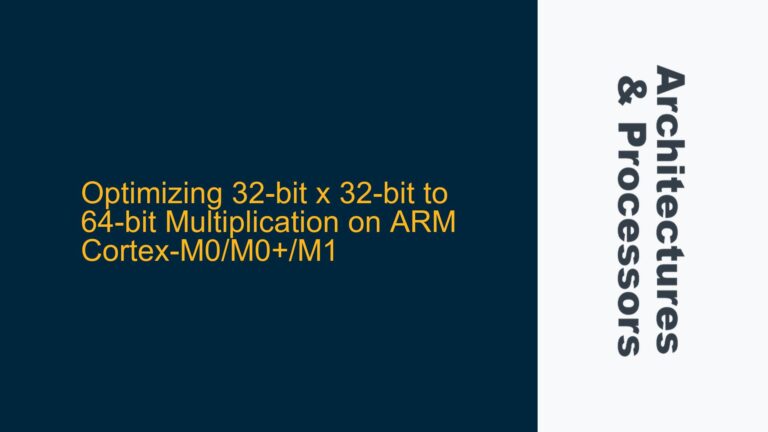Understanding the Role of .hex Files in ARM Cortex-A9 Cyclone V SoC Designs
The .hex file, also known as the Intel Hexadecimal Format file, plays a crucial role in ARM Cortex-A9 based System-on-Chip (SoC) designs, particularly when integrating on-chip RAM. This file format is a text-based representation of binary data, where each line contains a record that describes a portion of the memory content. In the context of the Cyclone V SoC, the .hex file is used to store the program code that the Cortex-A9 Hard Processor System (HPS) will execute. The HPS fetches instructions and data from the on-chip RAM, which is initialized with the contents of the .hex file during the boot process.
The process of generating a .hex file involves translating high-level code written in languages such as C, C++, or Python into machine code that the Cortex-A9 processor can execute. This translation is performed by a compiler, which is part of the ARM toolchain. The compiler generates an object file, which is then converted into a .hex file using a utility such as objcopy. The .hex file is subsequently loaded into the on-chip RAM, either through a programming file like the .sof file used in Quartus or via a bootloader such as U-Boot.
The .hex file format is particularly useful in embedded systems because it is human-readable and can be easily edited or inspected. It also allows for the representation of non-contiguous memory regions, which is often necessary in complex SoC designs where memory is mapped to different address spaces. In the Cyclone V SoC, the on-chip RAM is typically mapped to a specific address range, and the .hex file must be generated with the correct memory addresses to ensure that the Cortex-A9 HPS can access the program code correctly.
Identifying the Correct Toolchain for .hex File Generation
The generation of a .hex file for the on-chip RAM in a Cyclone V SoC requires the use of a toolchain that is compatible with the ARM Cortex-A9 architecture. The ARM toolchain, which includes the ARM Compiler, ARM Assembler, and ARM Linker, is the most commonly used toolchain for this purpose. The ARM Compiler translates high-level code written in C or C++ into assembly language, which is then assembled into machine code by the ARM Assembler. The ARM Linker combines the object files generated by the assembler into a single executable image, which can then be converted into a .hex file.
In addition to the ARM toolchain, the GNU toolchain, which includes the GCC compiler, can also be used to generate .hex files for ARM Cortex-A9 based designs. The GCC compiler supports a wide range of ARM architectures, including the Cortex-A9, and can generate object files that are compatible with the ARM Linker. The objcopy utility, which is part of the GNU Binutils package, is used to convert the object files into the .hex format.
The choice of toolchain depends on several factors, including the specific requirements of the project, the familiarity of the development team with the tools, and the availability of licenses. The ARM toolchain is often preferred for commercial projects due to its robust support and optimization features, while the GNU toolchain is commonly used in open-source projects and academic environments due to its flexibility and cost-effectiveness.
Steps to Generate and Integrate .hex Files in Cyclone V SoC Designs
The process of generating and integrating a .hex file into a Cyclone V SoC design involves several steps, starting with the creation of the high-level code and ending with the loading of the .hex file into the on-chip RAM. The first step is to write the program code in a high-level language such as C or C++. The code should be written with the specific requirements of the Cortex-A9 HPS in mind, including the memory map and the peripheral interfaces.
Once the code is written, it is compiled using the ARM Compiler or GCC. The compiler generates an object file, which contains the machine code for the program. The object file is then linked using the ARM Linker or GNU Linker, which combines the object files into a single executable image. The linker also resolves any external references and assigns memory addresses to the code and data sections.
The next step is to convert the executable image into a .hex file using the objcopy utility. The objcopy utility reads the executable image and generates a .hex file that contains the memory content in the Intel Hexadecimal Format. The .hex file is then integrated into the Quartus project, where it is associated with the on-chip RAM component. The Quartus software generates a .sof file, which includes the .hex file and is used to program the Cyclone V FPGA.
Finally, the .sof file is loaded into the Cyclone V FPGA using the Quartus Programmer. The .hex file is loaded into the on-chip RAM during the programming process, and the Cortex-A9 HPS can begin executing the program code. The U-Boot bootloader, which is stored in the SD-RAM, initializes the HPS and transfers control to the program code in the on-chip RAM.
In summary, the generation and integration of a .hex file into a Cyclone V SoC design is a multi-step process that involves writing high-level code, compiling and linking the code, converting the executable image into a .hex file, and integrating the .hex file into the Quartus project. The correct toolchain must be used to ensure compatibility with the ARM Cortex-A9 architecture, and the .hex file must be generated with the correct memory addresses to ensure proper execution by the HPS.






